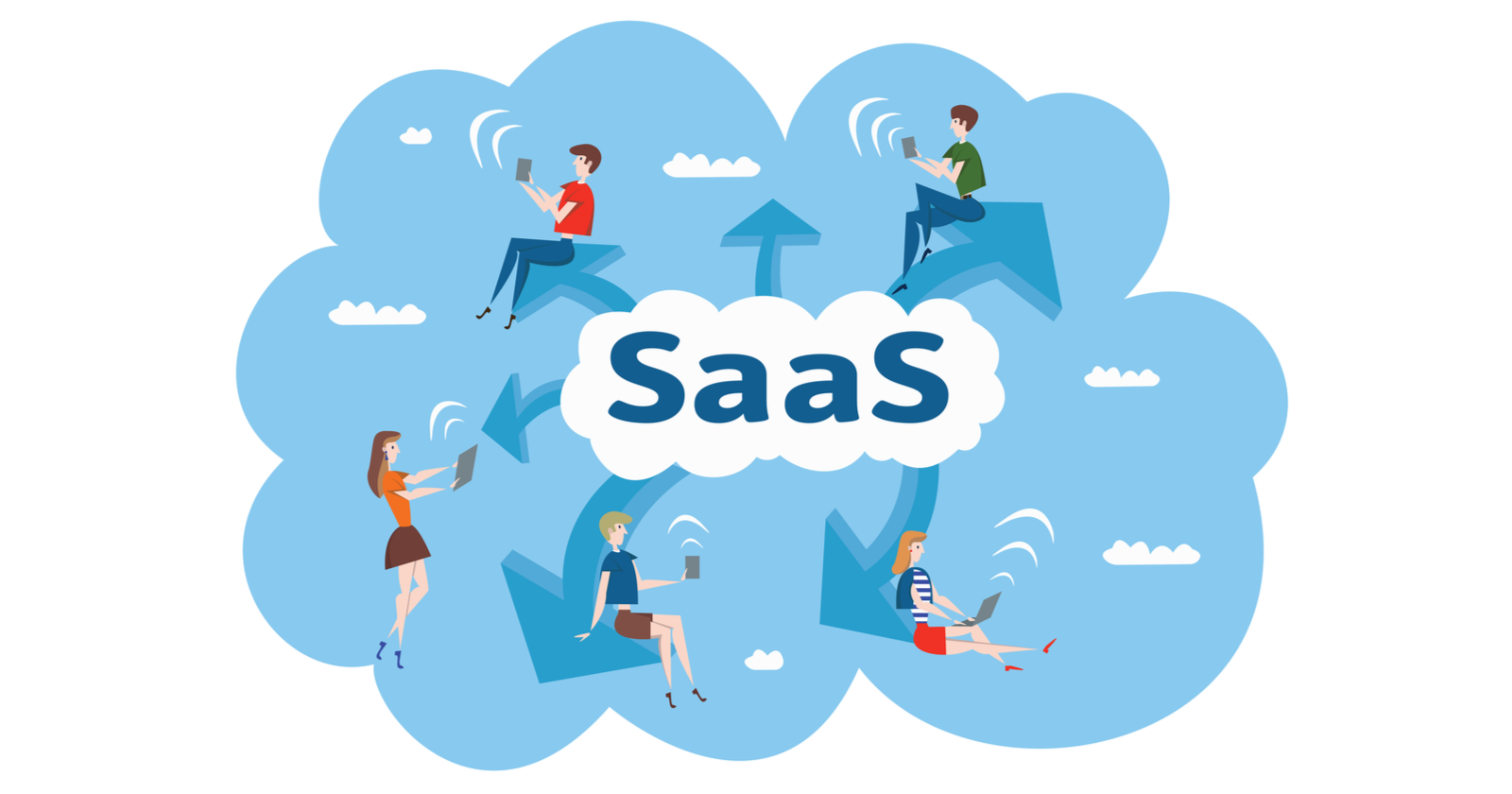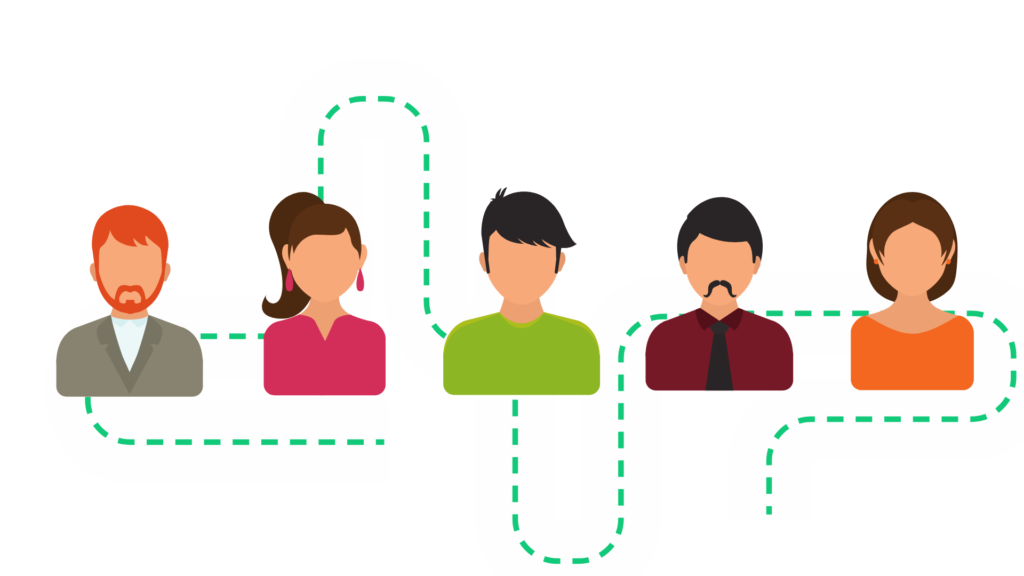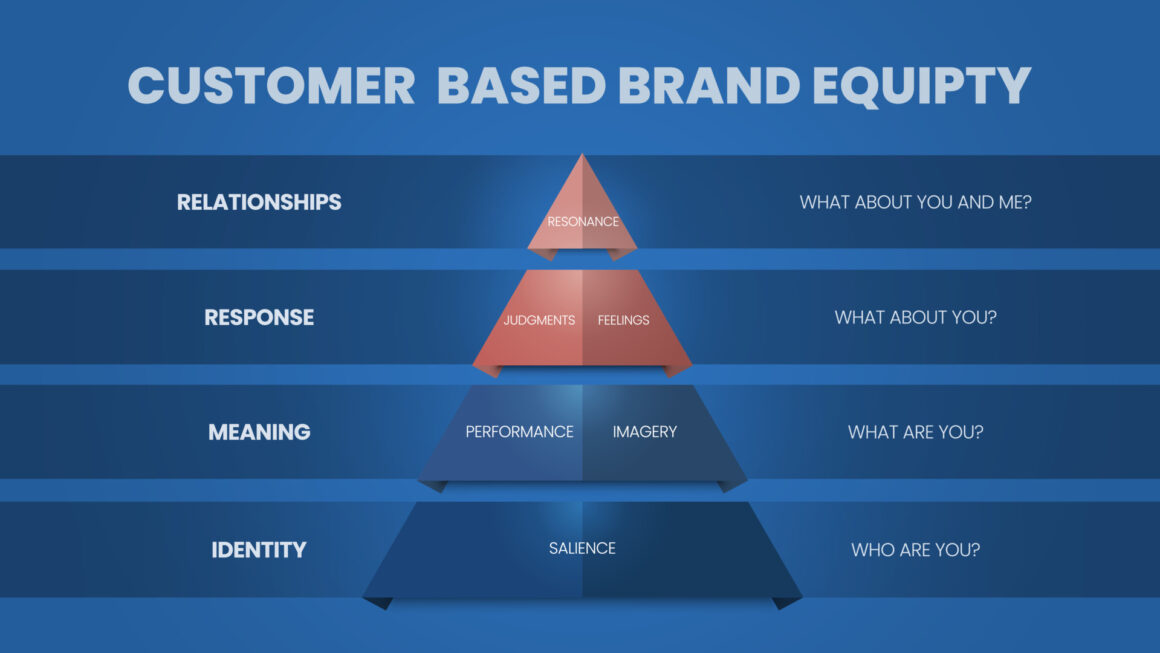In 2011, venture capital investor Marc Andreessen published his famous article “Why Software Is Eating the World”. He boldly predicted that software will become an essential part of our daily lives.
Over 10 years later, his predication became reality. Nowadays, software companies such as Google or Microsoft, are some of the most profitable and valuable companies in the world.
Beneath many of those applications lies the concept of Software as a Service (SaaS), which is the commercial engine driving the growth of these companies.
The following article will examine how software came to eat the world and what makes the SaaS business model so valuable.
Definition of SaaS
SaaS is a model in which software is licensed on a subscription basis. The software is hosted in a central cloud infrastructure and made available on the internet, either from a desktop or website application.
In the SaaS model, the vendor hosts and maintains the servers, code infrastructure, and databases. This is a significant switch from the on-premise software delivery present in the 90’s and early 2000’s. With on-premise, customers usually pay a one-time fee to install the software on their local hardware and between 15 – 20 percent in service and maintenance per annum.
With SaaS, customers pay a monthly or yearly subscription fee. In some cases, SaaS businesses offer a freemium portion of the application with limited access. This allows customers to test before financially committing to the product. Another possibility includes a free testing period of the whole product (similar to what Netflix does).
Oftentimes, SaaS products focus on providing software applications for either private consumers (B2C) or other businesses (B2B). When SaaS companies become more mature (that is greater financial resources and manpower), they tend to branch out into new customer segments and industries.
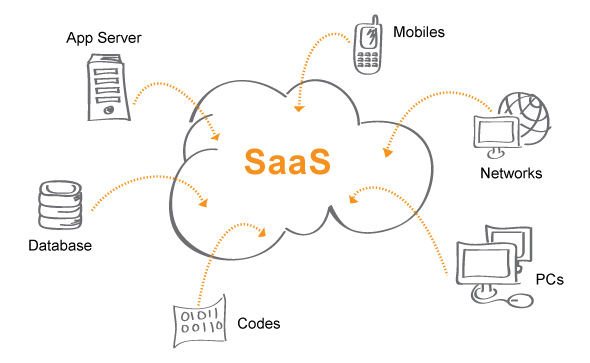
SaaS vs. IaaS vs. PaaS
Next to SaaS, there are two other main categories in the cloud computing space: Infrastructure as a Service (IaaS) and Platform as a Service (PaaS).
IaaS
Infrastructure as a Service is a service delivery model, which offers computing infrastructure through a virtual network (as opposed to onsite servers). It allows companies to virtually build and run their storage, network, and operating systems.
Previously, companies had to operate their own local servers, workstations, and data centers. Nowadays, these resources are delivered by cloud service providers (CSP).
Examples of IaaS providers include Amazon Web Services (AWS), Microsoft Azure or the Google Cloud.
PaaS
With Platform as a Service, customers are provided with a computing platform to create and operate their own custom applications. It thereby allows developers to collaborate through those applications, removing the need for onsite presence.
Examples of PaaS platforms are OpenShift by Red Hat, Google’s App Engine or Elastic Beanstalk by AWS.
The Size Of The Global SaaS Market
According to Gartner, the global cloud computing market (as represented through SaaS, IaaS, and PaaS and others) is set to grow by over 17 percent in 2019; totaling $214.3 billion in customer spend.
That number is supposed to increase by over 50 percent to a whopping $331.2 billion in 2022. SaaS is accounting for $143.7 billion (or 43 percent) of that expected revenue. As of 2019, SaaS is a market worth close to $95 billion.
In 2018 alone, SaaS companies have collectively raised $38.2 billion through their IPO’s. This is partly driven by a more frequent adoption of SaaS software in modern organizations. Research by Blissfully suggests that companies with more than 250 employees use over 100 SaaS products. Smaller firms (up to 50 employees) tend to use between 25 to 50 applications on average.
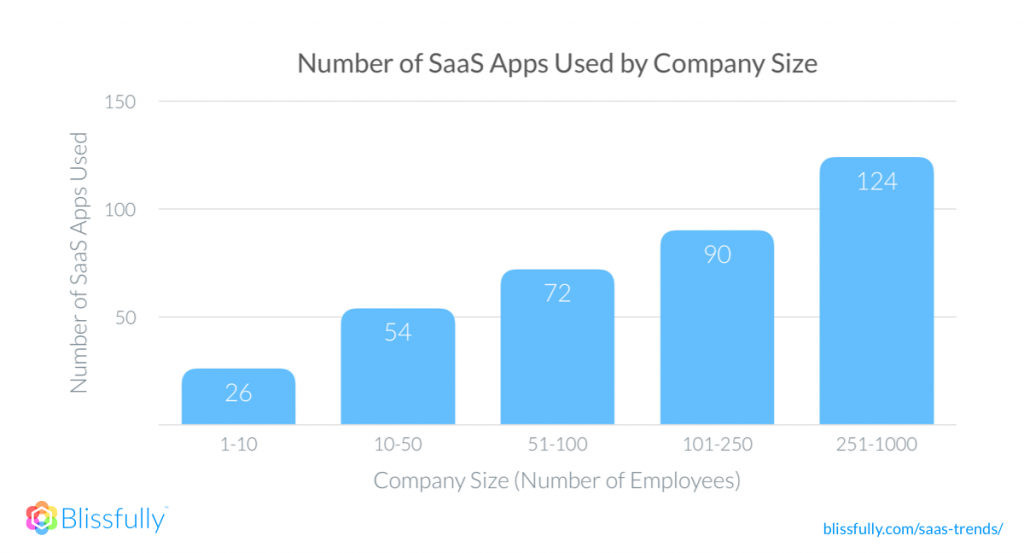
In the Enterprise (B2B) space, Microsoft is leading the race in regards to customer spend. They are followed by Salesforce, Adobe, SAP and Oracle
To read more content like this, subscribe to our newsletter
